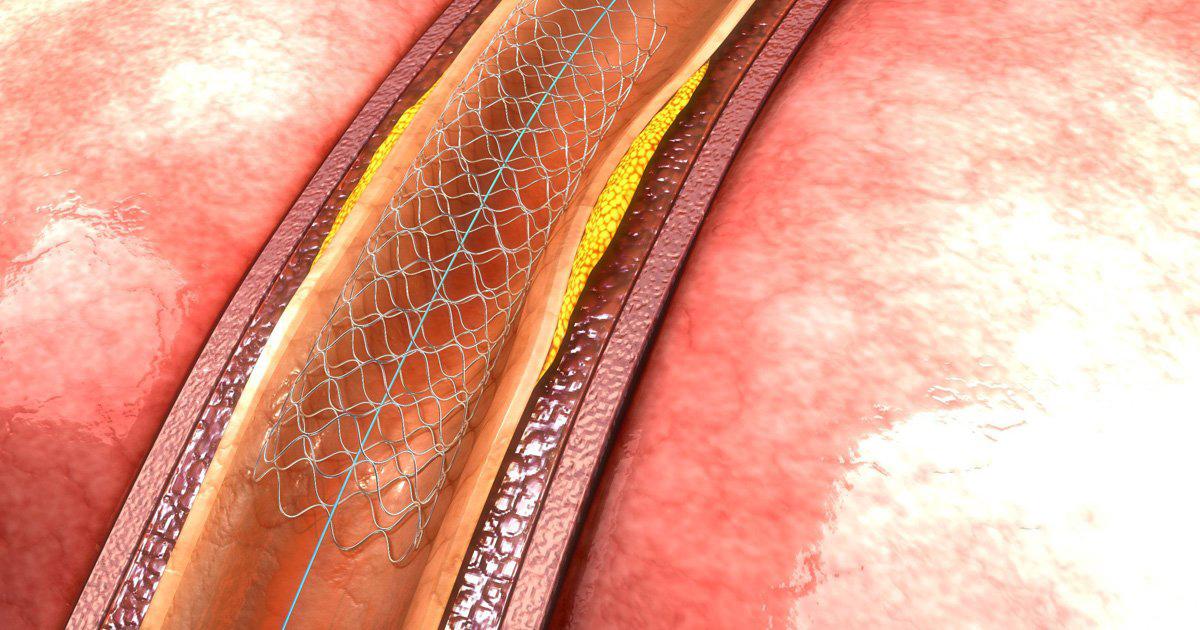Treatment Options For Budd-Chiari Syndrome
Budd-Chiari syndrome is a rare condition caused when blood clots reduce or entirely block blood flow out of the liver. The chances of getting this syndrome are less than one in a million. Budd-Chiari syndrome causes blood to pool in the liver, making it swollen and painful. Fluid also leaks out of the liver into the abdomen. The resulting buildup of fluid there is known as ascites. In addition, fluid may collect in the legs and feet, which most often occurs in advanced cases of the syndrome, and it is known as peripheral edema. Patients with Budd-Chiari syndrome often experience symptoms such as fatigue, breathing difficulties, trouble eating, nausea, and jaundice. Some patients may have an enlarged spleen. This condition typically happens in patients who already have other underlying health problems. Lupus, inflammatory bowel disease, Behcet disease, and Sjogren syndrome are considered potential causes of Budd-Chiari syndrome. Individuals of all ages, genders, and races are affected equally by the disease, and it is a lifelong illness.The steps listed below are often used in the treatment of Budd-Chiari syndrome.
Medications

Medications are generally the first line of treatment for Budd-Chiari syndrome. Most patients will need to take anticoagulants, such as warfarin and heparin, throughout their lives to prevent the formation of blood clots. Side effects of these medications include feeling cold, bruising or bleeding easily, headaches, dizziness, and blood in the urine or bowel movements. Doctors typically recommend diuretics to relieve the buildup of fluid that frequently occurs in patients with this syndrome. These drugs increase urine output and allow the body to release excess fluid. Patients are advised to follow a diet low in sodium to reduce the amount of fluid accumulation they experience. In some individuals with Budd-Chiari syndrome, symptoms may appear suddenly as the result of a blood clot. These patients are given thrombolytic medicines to help dissolve clots.
Keep reading to reveal more methods of treating Budd-Chiari syndrome now.
Angioplasty

Angioplasty can be used to enlarge or clear a blocked vessel, and typically requires only a local anesthetic. In this surgical procedure, doctors insert a catheter through a vein in the groin and advance it until it reaches the blocked vein in the liver. The catheter has a balloon on its tip, and the balloon is inflated inside the blocked vein so it can open, helping blood flow more freely. Doctors use x-rays and other imaging techniques to help them guide the catheter inside the body. The procedure may need to be repeated. In addition to the use of a balloon, doctors may sometimes insert a stent at the same time, which can help keep the vein open longer.
Discover the next Budd-Chiari syndrome treatment option now.
Shunting

If procedures to open and widen blood vessels are unsuccessful, doctors may recommend shunting. Formally known as transjugular intrahepatic portal-systemic shunting, this operation bypasses the liver and creates a new path for blood flow. Pressure in the portal vein, which can be very high in patients with Budd-Chiari syndrome, is also reduced with this technique, which is performed with local anesthesia. Surgeons numb the neck area and insert a catheter into the jugular vein of the neck. The catheter carries a cutting needle on its tip. Doctors advance the catheter until they reach the hepatic vein, a major vessel in the liver. The needle on the end of the catheter forms a bridge between the hepatic vein and another vein in the liver, creating the new pathway for blood flow. To keep the pathway open, doctors also insert a stent at the site. After the procedure, patients will need monitoring to determine if the shunt has become blocked. This is a possible complication of the procedure, and patients who are prone to blood clots are at an increased risk for shunt blockage. The operation may also increase the likelihood of developing hepatic encephalopathy, a deterioration in brain function that occurs due to liver malfunction.
Learn more about treating Budd-Chiari syndrome effectively now.
Inserting A Stent

Inserting a stent can be useful for patients with less severe forms of Budd-Chiari syndrome. The procedure is often performed at the same time as angioplasty, and it can also be done on its own. Stents are tubes made of a special type of wire mesh, and they help clear blocked vessels and keep them open for blood flow. Stents are considered a more permanent solution than balloons. To insert stents, doctors use a local anesthetic to numb an area of the groin. A catheter with a stent is fed through a vessel in the groin and advanced until it reaches an area of blockage. The stent is then placed in the blocked area to allow it to reopen. Doctors use x-rays and other imaging studies during the procedure to guide the catheter to the correct location. Stents can sometimes cause complications, which include blood clots, infections in the area where the stent was placed, and bleeding. Occasionally, the stent may fail, allowing the vessel to narrow or become blocked again.
Get familiar with the next Budd-Chiari syndrome treatment method now.
Liver Transplant

A liver transplant is typically the last resort for most patients with Budd-Chiari syndrome. Patients may be able to receive a new liver from a living donor, which makes it more likely they will find a match and thus receive a transplant more easily. The surgery is performed under general anesthesia, and patients will have a lengthy recovery period. Immediately after the operation, they will be moved to the intensive care unit for two or three days. They will then spend a further ten days in a general ward in the hospital before being allowed home. Once at home, patients will continue to recover, and most patients generally make a complete recovery in approximately three months. Patients who undergo a liver transplant will need regular monitoring throughout their lives, and they will have to take lifelong anti-rejection medication.